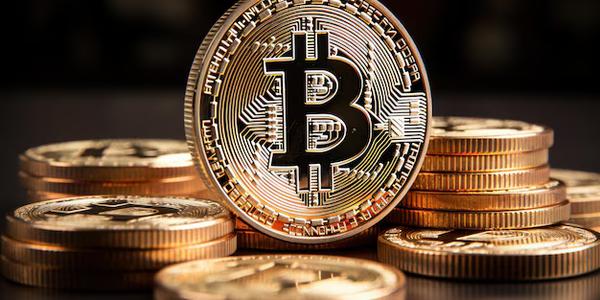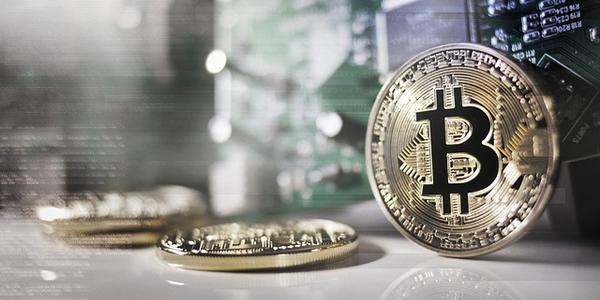A Solution in Sight: Portal-to-Bitcoin’s Cross-Chain Non-Custodial Swaps
Bitcoin’s success as a digital store of value is undeniable. However, its utility beyond storage and transfer is a common point of criticism. The Bitcoin ecosystem relies on custodial, exogenous infrastructure to trade, lend against or issue derivatives of BTC. This limitation is compounded by the fact that cross-chain bridges for the asset may be limited or have high custody risk.
The Rise of Layer 2 Solutions
Recent technical advances have spurred a flurry of developer activity in the Bitcoin L2 ecosystem. This has led to an explosion of interest in decentralized finance (DeFi) on the Bitcoin blockchain. As of October 2024, Ethereum dominates DeFi with about $47.5 billion in total value locked (TVL), while Bitcoin’s TVL lags at $1.9 billion.
Bitcoin’s Potential in DeFi: A Glimpse into the Future
If Bitcoin captured just 10% of Ethereum’s market share, it could potentially add $4.8 billion in TVL. This highlights Bitcoin’s untapped potential in DeFi and the need for seamless cross-chain interoperability to close the gap.
The Role of Cross-Chain Bridges
Against this backdrop, projects such as Chainlink CCIP, LayerZero, Portal-to-Bitcoin, and Threshold Network aim to bridge disparate blockchain environments. Portal-to-Bitcoin stands out by facilitating cross-chain operations through atomic swaps, which eliminate some custodial risk.
Portal-to-Bitcoin: A Native Bitcoin Solution for Cross-Chain Non-Custodial Swaps
Portal-to-Bitcoin is a protocol that introduces a solution for swapping native Bitcoin cross-chain without the need for wrapped assets or custodial bridges. Its architecture avoids conventional lock-and-mint models and relies on atomic swaps, specifically, Multi-Party Hash Time-Locked Contracts (MP-HTLCs) to facilitate swaps.
How Portal-to-Bitcoin Works
When a user initiates a swap, funds are locked in an HTLC on one blockchain (e.g., Bitcoin network), and the counterparty creates a matching HTLC on another chain (Ethereum network). Both contracts rely on the same cryptographic hash and enforce a time limit for the swap to complete. If either party reveals the shared secret (preimage), the swap finalises; otherwise, both parties recover their assets.
The Automated Dynamic Market Maker (ADMM)
Portal-to-bitcoin uses an ADMM to match users’ swaps. The ADMM is similar to Uniswap v3 but designed to manage liquidity and execute swaps efficiently across chains. This system is also capable of processing range and market orders. The ADMM minimizes costs and front-running risks by batching transactions per block.
Security Features
Portal-to-bitcoin operates a validator-based system that is supported by its unique Notary Chain. The Notary Chain uses a Threshold Signature Scheme (TSS) to ensure that no single validator can control critical cryptographic keys. Although there is still a degree of trust required, the distributed structure ensures that no small subset of validators can misappropriate funds.
Charting a Course for Bitcoin’s DeFi Evolution
By solving the key issues of trust and custody, Portal-to-Bitcoin presents a viable solution for Bitcoin’s broader cross-chain DeFi integration. This potentially unlocks significant value in the space. An in-depth dive into various cross-chain technologies and full insight into Portal to Bitcoin’s unique architecture can be found in the full version of the report.
Conclusion
Portal-to-Bitcoin offers a unique solution to Bitcoin’s integration into DeFi ecosystems. Its use of atomic swaps, ADMM, and validator-based system makes it an attractive option for developers looking to build cross-chain applications on the Bitcoin blockchain. As the DeFi landscape continues to evolve, Portal-to-Bitcoin is poised to play a significant role in unlocking Bitcoin’s full potential.
Download the Full Report
For more information on Portal-to-Bitcoin and its unique architecture, download the full report for free here.
Disclaimer
This article does not contain investment advice or recommendations. Every investment and trading move involves risk, and readers should conduct their own research when making a decision.
Note
Cointelegraph does not endorse the content of this article nor any product mentioned herein. Readers should do their own research before taking any action related to any product or company mentioned and carry full responsibility for their decisions.











